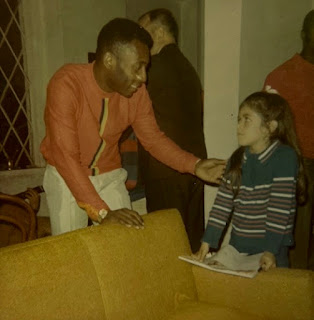Against Digital Ontology
In an article, just accepted for publication in Synthese, I argue against digital ontology. I do so in order to make room for an informational ontology (see the post below, Wednesday, February 20, 2008). If you are curious, you can read the preprint online.
And here is the abstract:
The paper argues that digital ontology (the ultimate nature of reality is digital, and the universe is a computational system equivalent to a Turing Machine) should be carefully distinguished from informational ontology (the ultimate nature of reality is structural), in order to abandon the former and retain only the latter as a promising line of research.
Digital vs. analogue is a Boolean dichotomy typical of our computational paradigm, but digital and analogue are only “modes of presentation” of Being (to paraphrase Kant), that is, ways in which reality is experienced and/or conceptualised by an epistemic agent at a given level of abstraction.
A preferable alternative is provided by an informational approach to structural realism, according to which knowledge of the world is knowledge of its structures. The most reasonable ontological commitment turns out to be in favour of an interpretation of reality as the totality of structures dynamically interacting with each other.
The paper is the first part (the pars destruens) of a two-part piece of research. The pars construens, entitled “A Defence of Informational Structural Realism”, was previously published in Synthese.
Digital vs. analogue is a Boolean dichotomy typical of our computational paradigm, but digital and analogue are only “modes of presentation” of Being (to paraphrase Kant), that is, ways in which reality is experienced and/or conceptualised by an epistemic agent at a given level of abstraction.
A preferable alternative is provided by an informational approach to structural realism, according to which knowledge of the world is knowledge of its structures. The most reasonable ontological commitment turns out to be in favour of an interpretation of reality as the totality of structures dynamically interacting with each other.
The paper is the first part (the pars destruens) of a two-part piece of research. The pars construens, entitled “A Defence of Informational Structural Realism”, was previously published in Synthese.





Hi, Im from Melbourne.
ReplyDeletePlease check out an essay titled The Rebirth of Sacred Art which discusses the origins & consequences of the perceptual strait-jacket in which we now all trapped.
1. www.adidabiennale.org/curation/index.htm
PluS:
1. http://global.adidam.org/books/transcendental-realism.html
Dear Prof. Floridi:
ReplyDeleteI am a bit confused by your account of ISR. Aren't you talking about the world being comprised of *data* and not *information*? That is, if semantic information is data + meaning, how, then is meaning inherent in the world?
Great topic. I think a better ontology acknowledges both the discrete and the continuous. It seems that concepts are unities, and therefore discrete. But of course the field of meaning has a certain continuity, in the sense that meaning if rarely exact, or at least outside of mathematics.
ReplyDeleteAnyway, I write on this at http://nonismo.wordpress.com if it interests you.